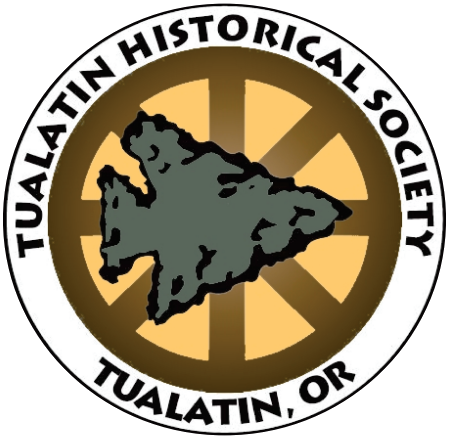Hazards of Volcanic Ash to Aviation and The 50-Year Effort to Mitigate Them.
The 1980 Mount St. Helens eruption was a watershed moment in our understanding of volcanic eruptions and their hazards. Among the lesser-known events during that summer was the first documented case of in-flight engine damage from volcanic ash on May 25,1980.
Two years later, a 747 nearly crashed in Indonesia when it flew into an ash cloud from Galunggung Volcano and lost power to all four engines.
A similar event in December,1989 at Redoubt Volcano, Alaska finally convinced meteorologists, air traffic regulators, and volcanologists that we need a global infrastructure to detect volcanic ash clouds and communicate their trajectory to aviators. By around 2010 the infrastructure was in place. But it was shaken up again when the Icelandic volcano Eyjafjallajokull sent an ash cloud to Europe, shutting down the world's heaviest airspace, costing $5 billion dollars in economic loss.
This talk summarizes the ups and downs of these crises, and describes our efforts to mitigate the hazard through better technology and communication.
Simultaneous Live/ZOOM presentation from Tualatin Heritage Center. If you cannot attend the in-person meeting at THC, join us on-line.
click here to join zoom meeting Meeting ID: 869 4651 3479 Passcode: 322382
Make it stand out
Larry Mastin, PhD. is indeed a qualified authority on the topic being presented to us, having devoted his entire career to it. He is employed by USGS Volcanic Laboratory in Vancouver, WA.
His education is BS University of California at Davis cum laude in Geology. He received his Masters and Ph.D from Stanford University in Engineering Geology and Geomechanics respectively.


